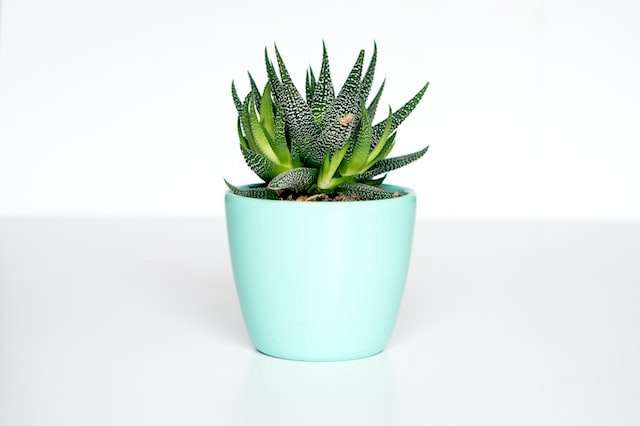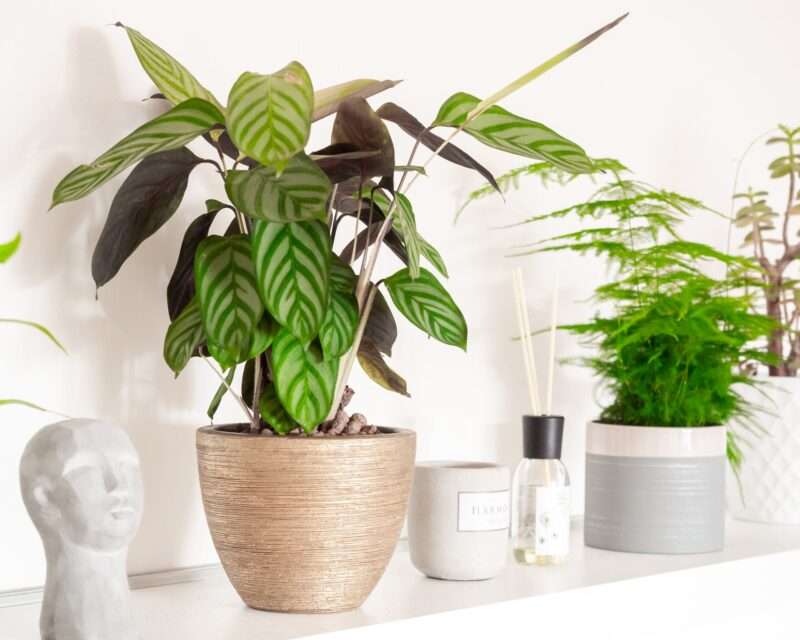When you repot your plant, you’re giving it a new lease on life. But there are some common mistakes you can make when repotting your plants. And they usually lead to unhappy plants and even dead ones. Here are some of the most common mistakes you should avoid.
Picking a new pot too small
Plants in your home can increase positivity in your life, so taking good care of them can be rewarding. When it comes to the size of the pot, most plants do just fine in too-small pots as long as they don’t stay there for long. You can choose a pot that’s too small for your plant at the beginning and repot it when you see how it grows. This way, you’ll have a much easier time fixing the problem. Otherwise, the soil can compact down into little pellets of dirt at the bottom of the pot.
If you’re unsure which pot will work best for your plant(s), go for larger (but not too large) rather than smaller! Just ensure not to overfill them so there is room for water drainage and oxygen flow. This helps prevent root rot from overwatering.
Choosing a new pot that is too large for your plant
A plant in a pot that’s too large for it will grow much faster than it would in a smaller pot. The reason is simple: the larger the container, the more room there is for water to sit and collect between soil particles.

If too much water remains trapped inside your plant’s root zone and there isn’t enough drainage at its bottom, then rot can occur. Most plants like their roots as dry as possible. They won’t do well if they’re always covered with water.
Using potting soil that is more than a year old
The next mistake to avoid when repotting your plants is using potting soil that is more than a year old. When you use potting soil sitting around for longer than 12 months, you may find that it has become compacted and settled into the bottom of the container. This can make it difficult for your plant’s roots to grow as they should, leading to stunted growth or even death in extreme cases.
If you’re unsure how long ago you purchased specific containers of potting mix, you can consult with a professional. They will advise on which materials are best suited for your needs without risking adverse effects on your plants’ lives.
Trying to repot a plant that has root rot
A fungus causes root rot in plants and can be challenging to spot. The first sign of root rot is that your plant’s roots appear mushy. It may also have lost its leaves, or its leaves may have become discolored or withered.
If you suspect your plant has root rot, don’t repot it! Instead, try to save your plant by removing the soil from around the base of the plant and replacing it with fresh potting mix (make sure not to disturb any visible roots). If possible, place your newly potted plant in an area with plenty of sunlight. This way, the new growth can fight off infection while growing toward healthier soil conditions than were previously available to them.
Failing to break the roots of the plant before placing it in its new home
One of the biggest mistakes you can make when repotting your plants is failing to break the roots. If you don’t break the root mass, they will continue to grow in their old pot and may get damaged if you try to move them. Breaking up the root mass helps it adjust more easily to its new space and increases your chances of success with transplanting your plants.

Neglecting to remove wilted or dead leaves
One of the most common mistakes people make when repotting plants is neglecting to remove wilted or dead leaves. While it’s true that some plants will grow back new leaves after being cut, others won’t. If there are any indications that a leaf is dead, it’s best to remove it before you repot your plant.
However, you might decide not to remove these pesky leafy corpses for some reason. Then make sure they aren’t located near any healthy parts of your plant. This way, they will not spread their infection further.
Overwatering your newly potted plant
Overwatering is one of the most common mistakes when repotting your plant, even in indoor gardening. Here’s what you should consider:
- Make sure the drainage hole is not clogged. You can do this by placing your finger over it and seeing if there’s still some resistance or by pouring a small amount of water into the pot and seeing if it drains within about 10 minutes.
- Water plants when the soil is dry to the touch rather than watering them every day. If you’re unsure whether or not this means watering today, ask yourself, “Would my plant be able to grow as tall as it has so far?”. If yes, then wait until tomorrow to water again.
- Water plants in the morning or evening (but not right before bedtime) so they won’t stay wet all night long. This will prevent root rot from occurring due to too much moisture exposure at once!
- The temperature of the water should be lukewarm. Never use hot water because it could shock your plant into losing its leaves while encouraging harmful bacteria growth within its roots!

If none of these tips helped take care of things once they’ve gone wrong with repotting, be sure to look for more gardening tips or ask a professional gardener for advice.
Conclusion
Now that you’ve learned about some of the most common mistakes you can make when repotting your plants, it’s time to get started! Remember that if a plant seems like it might be root-bound, then there is probably something wrong with its potting soil. It might be time to replace it – and the sooner you do so, the better off your plant will be.
Author’s bio: Contributing author Michelle Lang works as a writer and an agent for Excalibur Moving and Storage. Her work focuses on subjects like travel, lifestyle, and interior design.
Photos Credits:
Featured Image
Succulent in blue pot
Mini orange tree
Seedlings in starter pots
